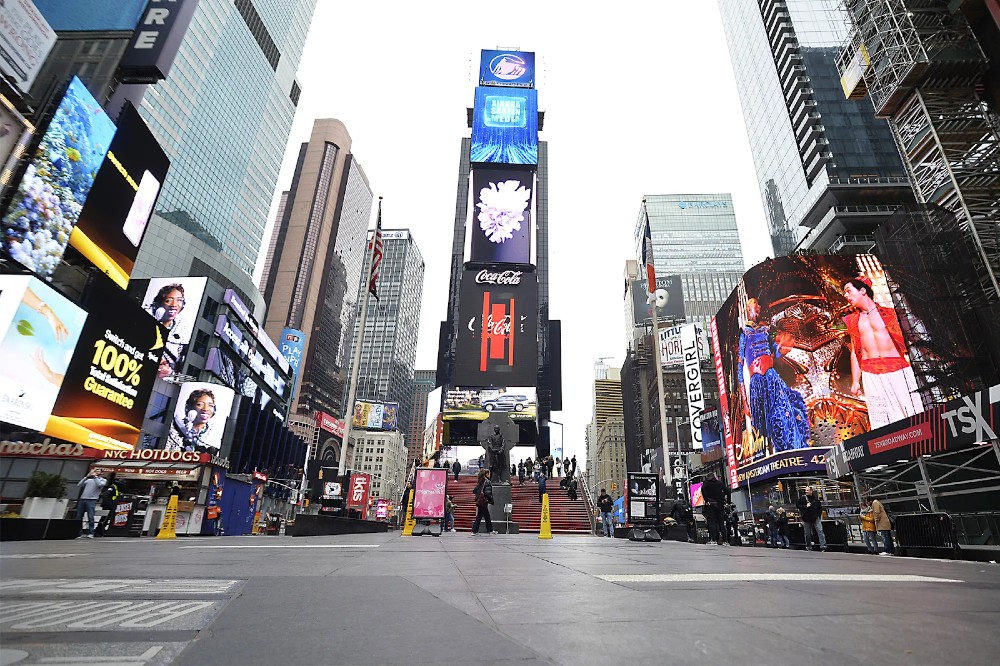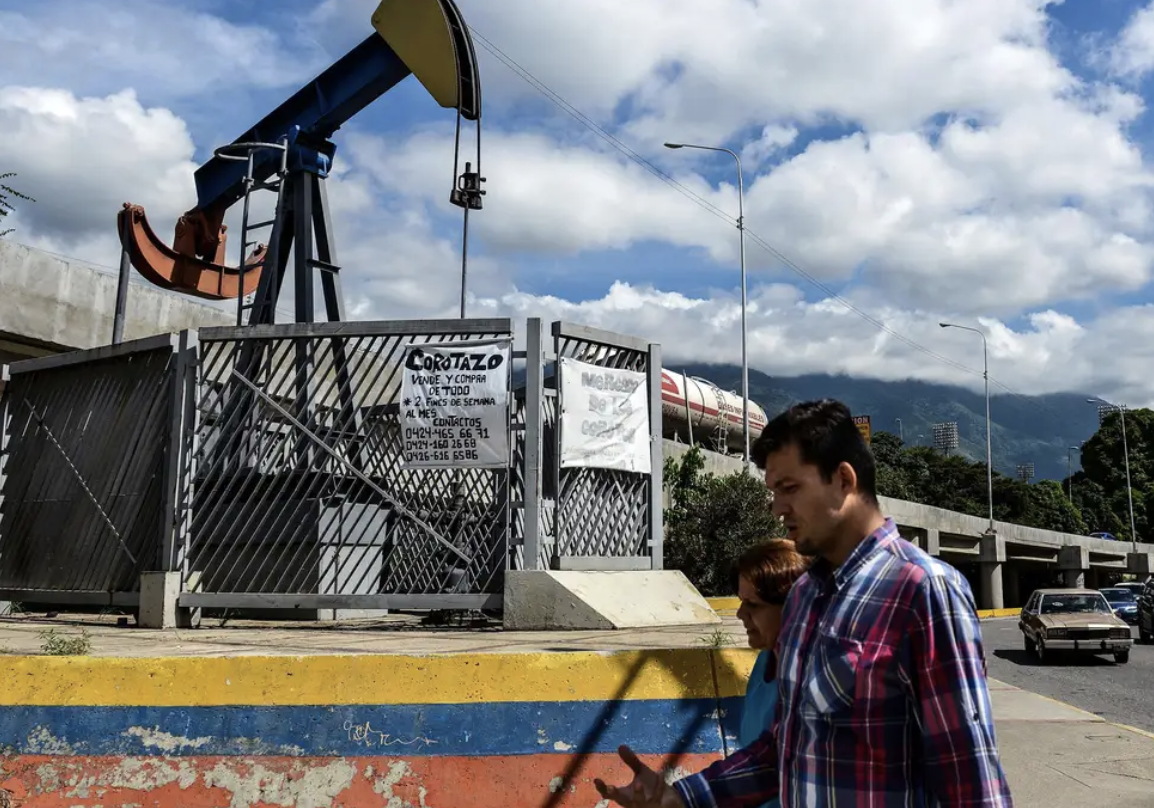
RIA BHANDARKAR – MARCH, 1ST, 2021
EDITOR: KALEY KRANICH
Like any industry which relies on consumers being willingly stuck in an enclosed space for an extended period of time, musical theater has shut down during the coronavirus pandemic. Ever since Broadway originally closed in March 2020, thousands of artists have been out of work indefinitely. For many artists, the situation has led to them losing their main source of income without enough notice to find alternatives to pay the bills.
But that impact isn’t limited to individual performers. The theater industry is an essential facet of New York tourism. According to the New York Department of Commerce, Broadway makes up 4.5% of the city’s GDP. Broadway theaters closing has also had a trickle-down effect on nearby local businesses, which rely on theatergoers. It is in the best interest of the city to open things up as soon as possible and keep artists afloat during the crisis.
Unfortunately, opening up theaters isn’t a decision to take lightly. Back in the beginning of the pandemic, many prominent theater actors and employees tested positive for the coronavirus. It is possible that Broadway won’t be back until late 2021, leaving many unemployed for well over a year.
Who will look out for Broadway? Many actors and other creatives have been lobbying for large relief bills to tide them over until the end of the pandemic but so far, the government has remained silent. To combat the mass unemployment caused by the shutdown of Broadway, the city, state, and federal government all need to prioritize allocating some funds to struggling artists. At the same time, it is up to theater companies to think of social distance-friendly alternatives to provide work.
When Will Broadway Reopen?
To develop the best solution to the current unemployment situation, there should be some idea of when things will “go back to normal.” For Broadway, this mainly hinges on the progress of a viable vaccine to encourage patrons to come back to theaters. Luckily, early trials suggest that a vaccine may be available in the near future.
Currently, theaters are closed until May 2021, though that deadline could be extended if the situation remains bleak. The chairman of the Broadway League, Thomas Schumacher, says that Broadway will likely be the last industry to reopen in the country since it is nearly impossible to maintain social distancing measures in a theater. In addition, since casts will have to re-rehearse, reopening will cost production companies millions.
It will also be difficult to use a phasing-in approach to bring people back to theaters. Unlike airplanes, which have mandated social distancing by eliminating middle seats, Broadway shows can’t perform at 50% capacity in the long run since it would be financially unfeasible. Even requiring consumers to pay reduced-price tickets for a livestream of a show may not be able to make up for the decrease in profit.
Broadway in the Big Picture
What makes the situation even more unfortunate is the fact that Broadway was in the middle of an economic boom prior to the pandemic. During the 2017-2018 season, 13.8 million people attended a Broadway show, leading to a gross of $1.7 billion. The following year, attendance reached 14.77 million and the industry grossed $1.83 billion.
The recent trend of prioritizing commercial musicals over more original ones had a positive effect on Broadway grosses. In 2018, every nominee for the Tony Award for Best Musical (which historically are the highest-grossing shows) were based on existing properties, such as Frozen or Mean Girls. And recent successful original musicals, such as Hamilton or Dear Evan Hansen, have encouraged more and more tourists to go see a show.
It’s unlikely that Broadway will easily return to that level of activity. Unlike other artistic industries, Broadway shows are very difficult to make a profit on— even without a pandemic. In fact, only 30% of shows each year make a profit or break even. In fact, most shows rely on national tours or licensing the rights to local theaters to host their own productions, both of which are not likely to happen during a pandemic.
Producers have less room to be flexible on ticket prices while they wait for consumers to come back. Broadway prices are already too high for most consumers; besides the obvious lack of interest in theater during the pandemic, producers will have to ask patrons to pay as much as $1000 to see a show during a pandemic. Even then, it’s unlikely that producers will even be able to maintain the high ticket prices necessary to keep a show going. As economist N. Gregory Mankiw observes, Broadway ticket prices are as flexible as airline ones, and vary wildly based on demand. While ticket prices may be cheaper when theaters initially open, they could soar once the majority of the population is vaccinated and ready to go out. Keeping that balance could prove to be difficult.
Ticket pricing is at the top of many theater-owners minds as they look to a post-pandemic Broadway. Moving forward, shows will rely more and more on online platforms, such as SeatGeek, to determine ticket pricing and producers are expecting less premium pricing for popular shows.
The Government Turns a Blind Eye
Despite many artists lobbying for a major relief bill for those affected by Broadway’s shutdown, the local and federal government have mostly ignored the industry. So far, the biggest victory for Broadway has come from unions.
For the first weeks of shutdown, Broadway producers agreed to cover their employees’ salaries and health insurance. This deal was negotiated between The Broadway League, a trade organization, and dozens of unions, including Actors’ Equity. But in the long term, producers can’t bail out Broadway without any box office revenue.
After losing their salaries, artists have been turning towards non-profits as the pandemic continues. The Public Theater, an off-Broadway nonprofit, has already distributed about $400,000 in aid to artists and theater employees. Artist Relief, a coalition of grant makers, has also given emergency relief to creative workers. Meanwhile, Broadway Cares/Equity Fights AIDS’ COVID-19 Emergency Assistance Fund has raised over $6 million in their emergency assistance funds for unemployed actors, mainly due to encouragement from well-known creators such as Hamilton’s Lin-Manuel Miranda.
Still, small nonprofits can’t make up for the amount of relief needed throughout the industry. At best, they can provide one-time aid to a small group of people, while at the same time furloughing hundreds of their own employees.
Consequently, actors, makeup artists, set designers, and other Broadway employees have pushed for relief to “replace lost earnings for our members who cannot work or license their work due to the effort to fight the COVID-19 virus, ensure health insurance coverage and extended sick leave and unemployment benefits, and provide emergency relief for those artists not otherwise assisted by such programs.”
The most recent proposal for such a bill is the Defend Arts Workers Now Act, or DAWN. This bill would provide the culture industry with about $44 billion to be divided up between organizations to be given to artists and other cultural employees. Proponents for this bill argue that since the arts have suffered just as much economically as the transportation industry, they should receive a similar bail. The government has already provided the airline industry with $50 billion in aid, yet Broadway artists have received none.
Online Alternatives
Without a clear ending point for the pandemic or plan to provide relief for most theater workers, production companies have begun experimenting with new online alternatives. Some are hosting online fundraisers to encourage donations for arts-based nonprofits, meanwhile others are using an online format to host their own master classes.
The most popular alternative is the streaming platform Broadway Plus, which originally launched well before the pandemic to give consumers the ability to watch Broadway performances from home. Since March, this service has hosted hundreds of Broadway stars on its website to host workshops or interact with fans.
This website has been a great place for performers to host concerts, coach, or have meet-and-greets. However, this platform serves established stars more than Broadway employees who have been hit the hardest by the pandemic such as ushers, stage managers, and concessions workers.
That problem will continue to exist despite all of these Broadway streaming options. Without live theater, there is less of a need for those services, and even for some of the backstage employees. It is unlikely that anything can really substitute the revenue and jobs created by traditional musical theater.
Conclusion
The Broadway community has managed to scrape together some solutions to the mass unemployment crisis it is currently dealing with, but no option so far will ever be able to help everyone. Unions, nonprofits, and streaming services simply cannot come up with enough funding or revenue to supplant the salaries lost by thousands of artists.
Only the government can make a real impact on creatives through emergency relief. The theater industry should be viewed through the same lens as airlines or oil. While it may not be as essential during a healthcare crisis, the economic impact of arts, which are at the center of tourism in the United States, cannot be ignored. And in the big picture, the money which would make a big difference to the industry will not be as much of a burden on the government compared to other bailouts.
Featured Image Source: New York Post
Disclaimer: The views published in this journal are those of the individual authors or speakers and do not necessarily reflect the position or policy of Berkeley Economic Review staff, the Undergraduate Economics Association, the UC Berkeley Economics Department and faculty, or the University of California, Berkeley in general.


